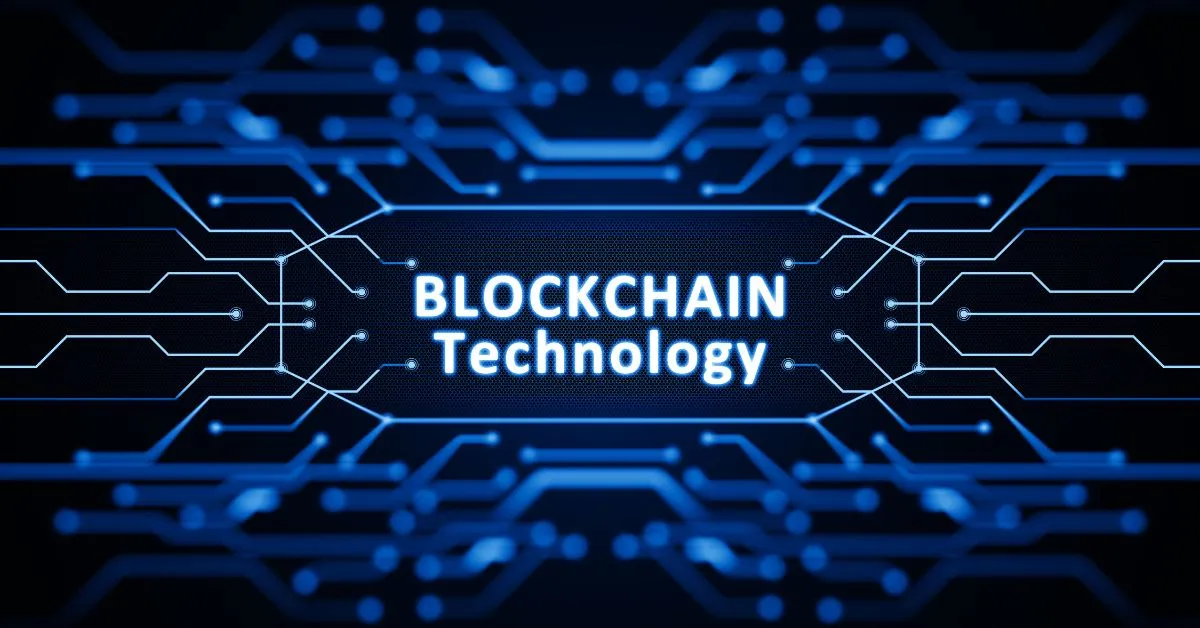
Exploring How Blockchain Works: PoW and PoS Explained
Blockchain is one of the most disruptive technologies in the digital age. However, many still find it difficult to understand how this technology works. In this article, we will explore the basics and advanced concepts of blockchain technology, along with its mechanisms like Proof of Work (PoW) and Proof of Stake (PoS).
1. What Is Blockchain?
Blockchain can be simply understood as a distributed ledger system, where data is encrypted and linked together in the form of a blockchain. Each block contains a portion of data, and it is linked to the previous block, creating a continuous chain of blocks, thus the name blockchain.
Initially, blockchain was used for cryptocurrency transactions (like Bitcoin), but it has since expanded to a variety of applications in industries like finance, logistics, healthcare, and smart contracts.
2. How Does Blockchain Work?
Blockchain works in a few basic steps:
- Step 1: Transaction Creation: When you make a transaction (e.g., transferring money, signing a contract), it is sent to the blockchain network for verification.
- Step 2: Transaction Verification: The nodes in the network check the validity of the transaction. After verification, the transaction is added to a block.
- Step 3: Adding to the Chain: Once the block is verified, it is added to the existing chain, becoming an immutable part of the blockchain.
3. Two Major Mechanisms in Blockchain: PoW and PoS
3.1 Proof of Work (PoW)
PoW is the original mechanism used in Bitcoin and other blockchains like Litecoin. In PoW, miners use computational power to solve complex mathematical problems. The first one to solve it gets rewarded and their transaction is validated.
How It Works: Miners compute hash functions and solve complex problems to find the correct solution. Once the problem is solved, the miner adds the transaction to the blockchain and receives a reward.
- Advantages: High security due to the computational complexity.
- Disadvantages: Consumes a lot of energy, requiring powerful hardware. Slow transaction processing, especially when there are many transactions.
3.2 Proof of Stake (PoS)
PoS is a more energy-efficient mechanism and is becoming more popular, especially with blockchains like Ethereum 2.0, Cardano, Polkadot.
How It Works: Users stake their tokens to participate in transaction validation. Validation is not based on computational power, but on the amount of tokens a participant holds and stakes.
- Advantages: Saves energy compared to PoW. Faster transactions, since there’s no complex computation involved.
- Disadvantages: Can lead to centralization, as large holders of tokens can control the network. Requires additional security measures to prevent attacks.
4. Comparing PoW and PoS
|
Criteria |
PoW |
PoS |
|
Mechanism |
Based on computational power. |
Based on token staking. |
|
Energy Consumption |
High energy consumption. |
Energy-efficient. |
|
Transaction Speed |
Slower, due to problem-solving. |
Faster, no complex calculations. |
|
Security |
Very secure, based on complex math problems. |
Secure, but may be centralized if few control the majority of tokens. |
5. Blockchain’s Role Across Industries
Blockchain is not limited to cryptocurrencies. It is gradually becoming the foundation for many other applications in society:
Finance: DeFi (Decentralized Finance) is revolutionizing how we access financial services like lending, saving, and payments.
Healthcare: Blockchain helps store and secure patient medical records in an immutable way.
Logistics: Tracking goods in the supply chain, enhancing transparency and efficiency.
Voting: Ensuring transparency in election processes through smart contracts.
6. Conclusion: How Blockchain is Changing the World
Blockchain is a game-changing technology that is transforming how we store and exchange information. With high security, transparency, and decentralization, blockchain is becoming a crucial platform in various industries. By understanding how it works, you are better prepared to engage with the future of decentralized technologies.